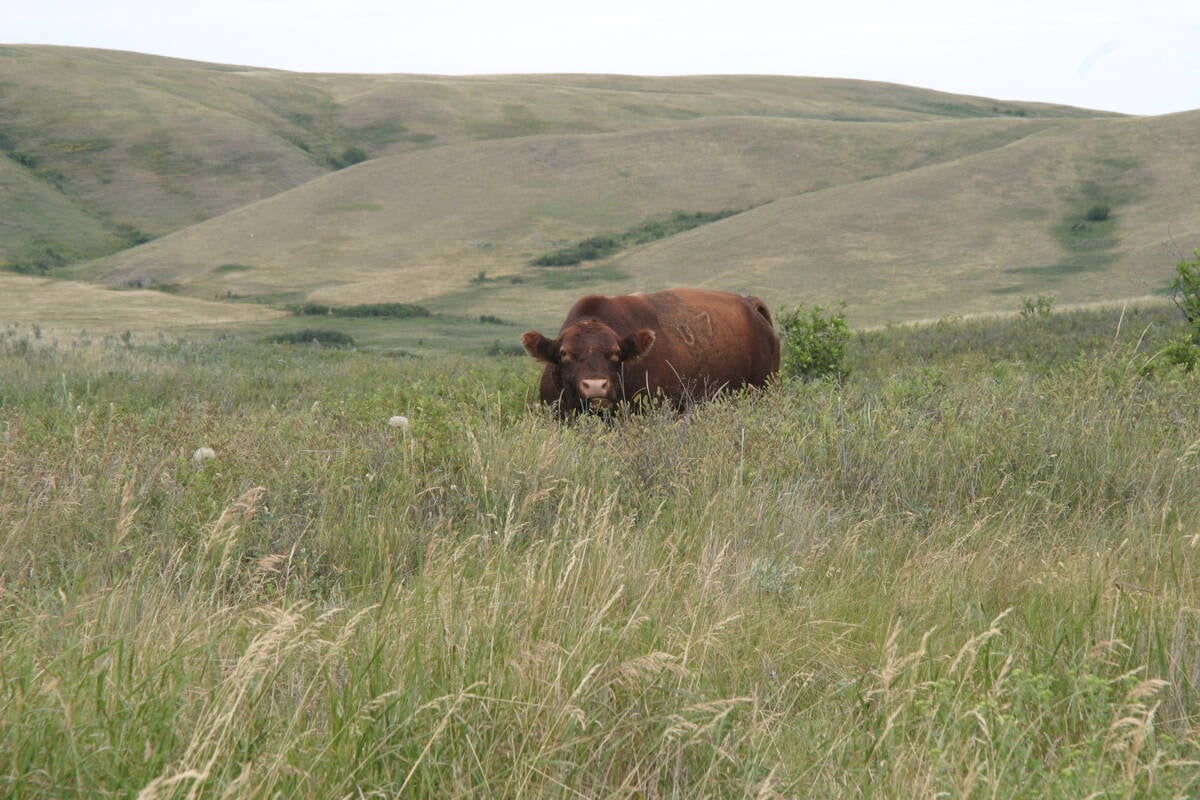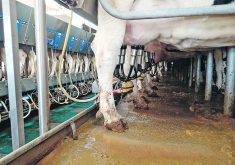Alberta has been slow to implement biogas digester technology, says feedlot manager who is building a large system
A biogas digester to be built in Alberta is getting a rougher ride from opponents than expected, especially given the digester would reduce odours from the High River feedlot and produce renewable energy from methane gas now released into the environment.
Rimrock Feeders is about six kilometres from High River, south of Calgary, where about 35,000 cattle are on feed.
Rimrock Renewables is building a large system nearby, with six covered digesters planned.
The project has been approved by the province, but has been appealed by community members. The project also requires development permits from the municipal district.
Read Also

Saskatchewan puts crown land auction on hold
Auctions of Saskatchewan crown lease land are once again on hold.
“The economics of it look very promising and manure management is always going to be a big part of what we do,” says Shylo Penrod, feedlot manager for Rimrock Feeders, during a recent tour of the Calgary-area feedlot.
“We’re a little surprised by the opposition to it. We’ve tried to educate them about it, but this is the first project of its type in Alberta.”
The ability to move manure from the feedlot in a continuous flow to the digester should help manage odours. About three pens per day will be cleaned and the manure moved into the digester.
A biogas digester captures methane from manure, which is either burned in an engine to create electricity or scrubbed and put into a natural gas pipeline. The Rimrock Renewables plan is to create renewable natural gas (RNG), as is the case for most new biodigester projects.
“Having this many cattle in one spot, they produce a lot of manure and so being able to utilize that product that’s already here and produce renewable energy, it’s very appealing,” says Penrod. “It’s part of the sustainability model of our business.”
The feedlot has been dealing with summer odour complaints from nearby residents in High River.
A natural gas line runs not far from the project site and the scrubbed methane will be inserted into that line for delivery to area homes and businesses.
Utilities in some jurisdictions in North America pay premiums for the creation of RNG, and they either sell it to their customers who will pay more for it or make it part of their environmental footprint reduction programs.
Alberta has been slow to adopt biogas digesters to mitigate the impact of livestock manure compared to other places in North America. Penrod went to Ontario a few years ago and saw some biogas digesters that have been running for a decade on dairy and beef farms.
“In Ontario it’s a big part of what those guys are doing and it’s a lot more well-known technology and utilized.”
Biogas digesters also use other organic materials, including food waste that would otherwise end up in landfills and create methane as it rots.
Penrod says Rimrock is talking with food companies in Calgary and discussing ways to manage challenges with packaging and food so the product arrives at the feedlot ready to use in the digester. Food waste from High River and nearby Okotoks could also be used.
The digestate that emerges after the methane has been harvested is a drier product that could be trucked longer distances and used as a soil amendment.
“The limiting factor for us right now in the manure is we can only haul efficiently within about a 10-mile radius because we’re hauling so much water in it,” says Penrod.
“But there are landowners when you get on the other side of the river there, they’d love to have manure but it just costs us so much to get it there.”


















